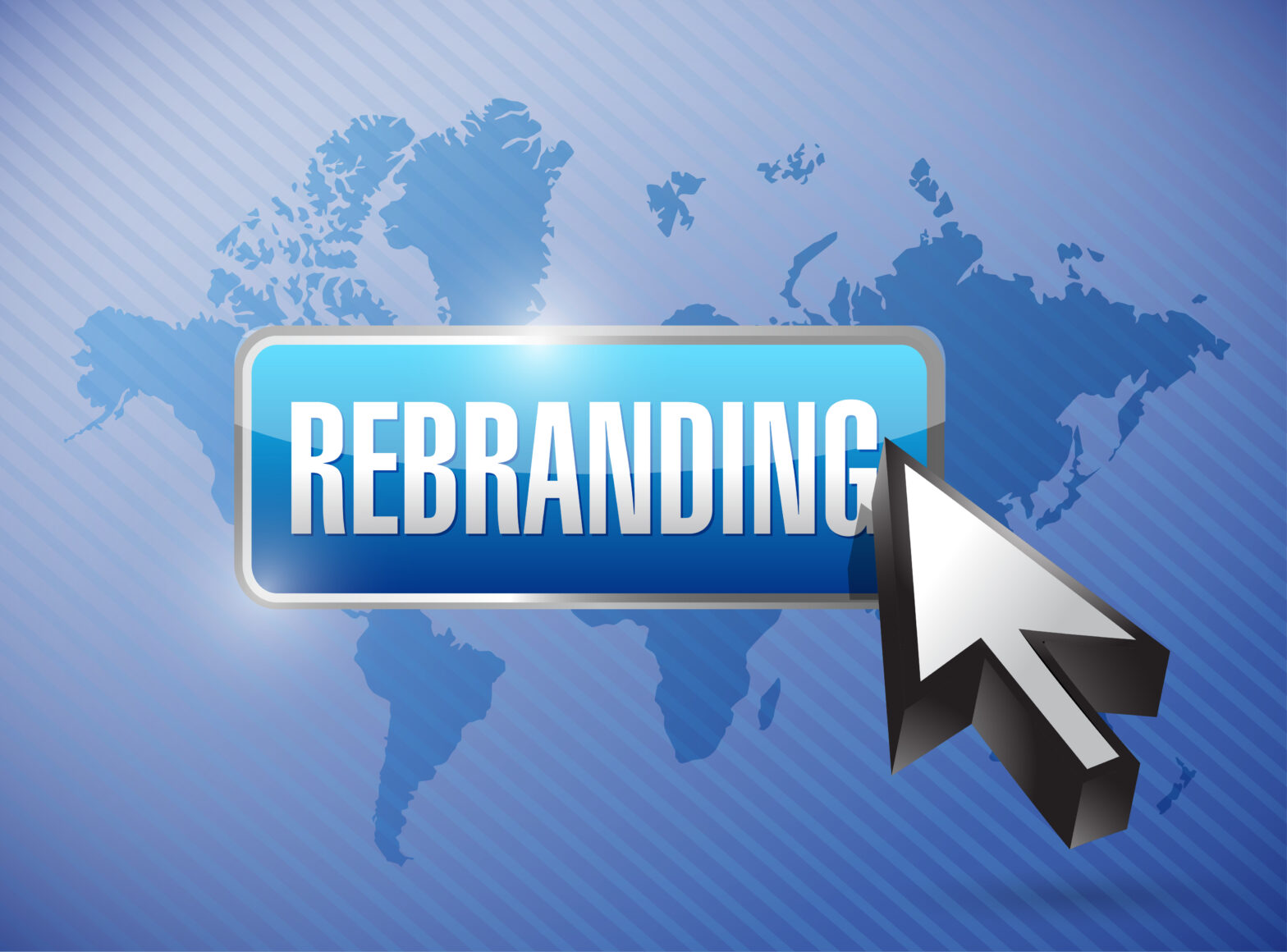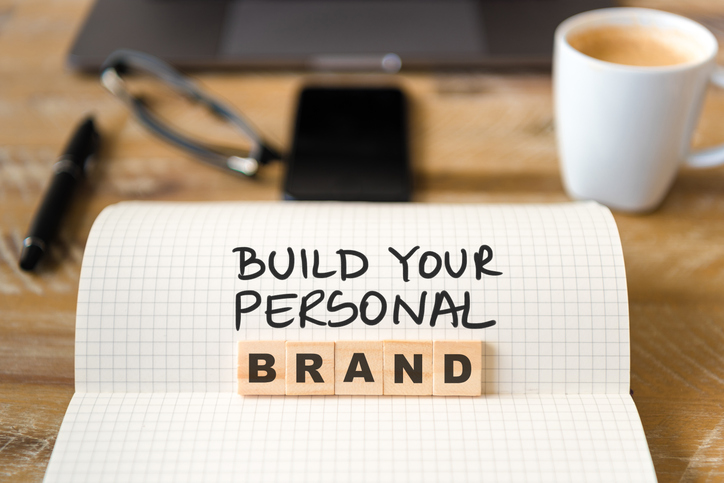Sometimes you just have to rebrand. Maybe your company’s changed focus, or you’ve entered a new market, or maybe you just want to start all over again with a fresh face and a fresh set of products to offer. Depending on the situation, rebranding can seem either a positive or negative action, but regardless of why you’re doing it, there’s always good and bad points to a rebranding campaign.
Pro: You don’t have to target the same demographics
One of the most common reasons for rebranding is to completely change which market and audience your company is targeting. If you’re known for making, say, electronic toys for children, your brand name might struggle to sell other things if that market starts to decline.
By rebranding, you completely change your external face without changing much internally. People are much more likely to buy a product from a new brand than from an old brand they associate with a different product entirely.
A failing demographic can be cut out of the equation with ease, simply by changing the name and colour scheme of your business.
Of course, that doesn’t mean you HAVE to drop that demographic – you could also use the rebranding as a way to target more audiences with your products, especially if you’re stigmatised as only being for a certain type of person.
Con: You lose out on recognition
Rebranding always requires you to sacrifice one thing – your reputation and recognition. Even if you clearly announce you’re the successor business to your last one, a certain portion of your customers will be guaranteed to ignore or miss that information.
While you might retain some of your customers, it can be difficult to get in contact with them to let them know why you’ve changed your brand, and if they end up finding the new brand less attractive to them they’ll often leave for one of your old competitors.
A big example of this is the way that the UK’s Royal Mail rebranded into Consignia, which cost them £1.5 million initially, then another £1 million to revert back to Royal Mail once the public expressed how confused they were and how easy it was for them to forget the new brand name. If your brand is recognisable, you need to change to something equally easy to remember,
Pro: It can help build a story behind your brand
Customers get attached to brands, brand logos and packaging. That’s a constant trend that’s been seen for years upon years – customers trust the history they have with a brand, to the point where certain words such as “Google” have become part of regular language in certain countries.
A brand is a promise of consistency with the customer – this can be consistency is being good or low-priced, or consistency is being low-quality and expensive. Using a rebranding period to shed off one of your flaws, even something as minor as using more recycling-friendly packaging will ensure that your customers will see the rebrand as a positive change in your company’s history, even if the timing was purely a coincidence.
Burberry also pulled this off well by marketing themselves as a stylish, high-quality clothing brand, completely reversing the idea of their clothing being ‘gangwear’, which had progressed to the point that merely wearing Burberry clothing could get your thrown out of certain British pubs.
By adjusting how their brand was marketed without overhauling their entire company, they managed to shrug off the stigma against them, which let them gather much more attention than they would have otherwise.
Con: It can be hard to go back
As mentioned earlier with Royal Mail, they ended up spending almost double their budget due to a botched attempt at rebranding, which emphasises just how hard it can be to abandon a new brand name out of nowhere. It isn’t just a case of pulling off new stickers – you have to re-rebrand everything, from website domains to employee uniforms, and you have to do it quickly in the exact same way it all used to be. This could quite easily become a company-killer if handled poorly.
Even if you’re only changing the packaging of certain products, you’ll have to spend a lot of money to revert your changes – all previously-printed new packaging will be useless, and depending on what the customers complain about, you may even have to mass-recall it (If it’s too weak the properly protect the product, for example).
Pro: You can show your customers a more accurate representation of yourself
If your old brand was also your first, you may have found that the name you took didn’t quite fit with what you actually did – for example, if you opened a bakery that used a cake in its logo, but mostly sold savoury foods. Taking the time to think about your brand and how you should be representing it means that you can retool your logo, name and general brand identity to better suit your business.
This also helps if you’ve become recognised for a product, promotional ad or other aspect of your business. For example, McDonalds, despite not changing much about their brand itself, have been able to identify the popularity of the Happy Meal and its distinctive box shape, which they regularly use in advertising, and even turned into a mascot character for a while.
Pro: You get a chance to use what you’ve learned
No matter whether you’re a new start-up business or a long-lived company, there will always be new experiences to learn from: PR disasters, logistical issues, or even just interactions with customers.
You can always put this knowledge to a better use in the future: for example, if you find that your old logo is too complicated or muddled to be recognisable (or to even make sense), you can always take rebranding as an opportunity to trim the fat and adopt a more simplistic logo, like the one used by Unique Physique – it’s even simple enough to put on all of their sports clothing without needing to make it cover the entire front or back of a garment.
This can also apply from a design perspective – Mastercard’s current logo, the red and yellow overlapping circles, was chosen from months of experimentation with different colours and shapes to get something that would be clear, visible and recognisable on almost any surface or material at any size.





